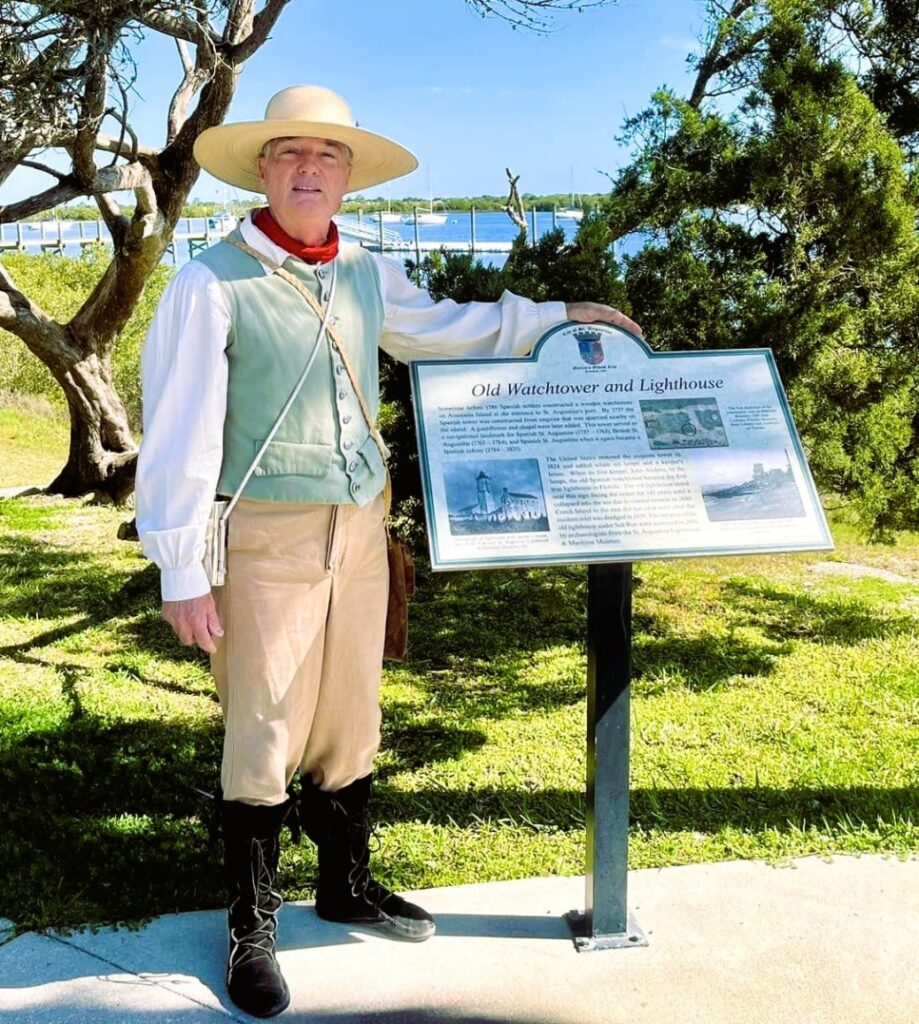Billy at the City of St. Augustine Historical Marker near the Yacht Club on Salt Run.
Photo: Sam Carr
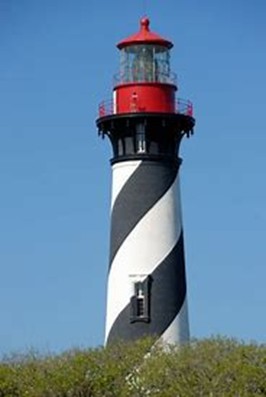
Some Bartram aficionados (aka Bartramites) may not realize Billy and his father, John, explored the East Florida Territory in 1765-66. John kept a detailed journal while his son occasionally drew sketches. A side trip exploring coastal St. Augustine and Anastasia Island included a visit to the ‘Old Watchtower’ and the original lighthouse. According to the senior Bartram’s journal notes, he was ill from late October to November 1765. For his affliction, he purged himself (by vomiting) with doses of Glauber’s salts and felt better after such treatments. On October 29, they rowed across the modern-day Matanzas River (Intracoastal Waterway) to Anastasia Island and the Coquina quarries. “They gathered many curious seeds, and Billy found some curious plants.”
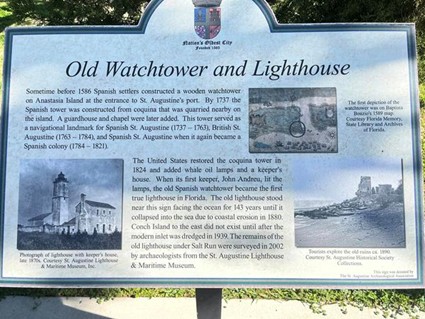
John Bartram described a night both father and son lodged in the Old Watchtower: “…having ascended to the top where there is a fine prospect of the dangerous raging seacoast, as far as the sight can extend. This house is to signal the approach of any vessel near the coast by hoisting up a flag to give the town notice and send assistance, which is very often needed, and to give any direction in the night to sailors to avoid dangerous breakers.” By November 5, John was feeling good enough for him and Billy to “…ride by horse, about ten miles out observing evergreens, small pines, and grass savannahs.” They departed the St. Augustine area on December 19, 1765, west-bound for explorations to places like Fort Picolata and the Mt. Royal Indian village upstream in the St. Johns River.
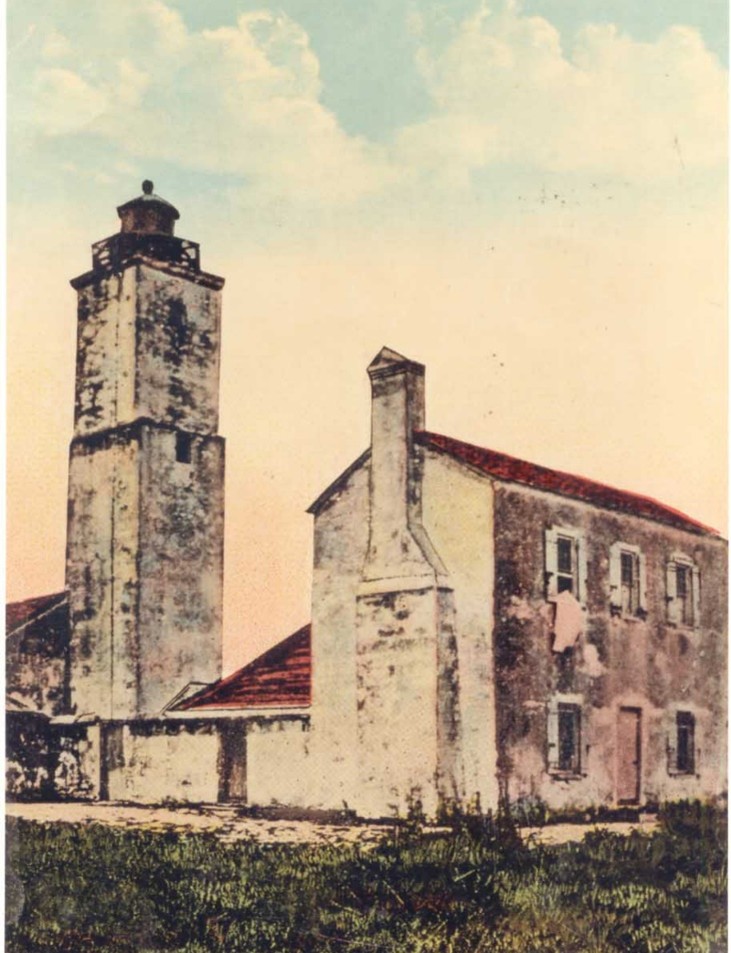
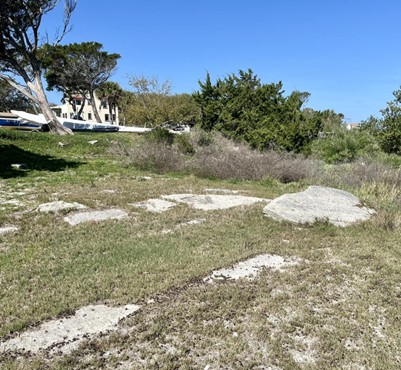
photo: Sam Carr
